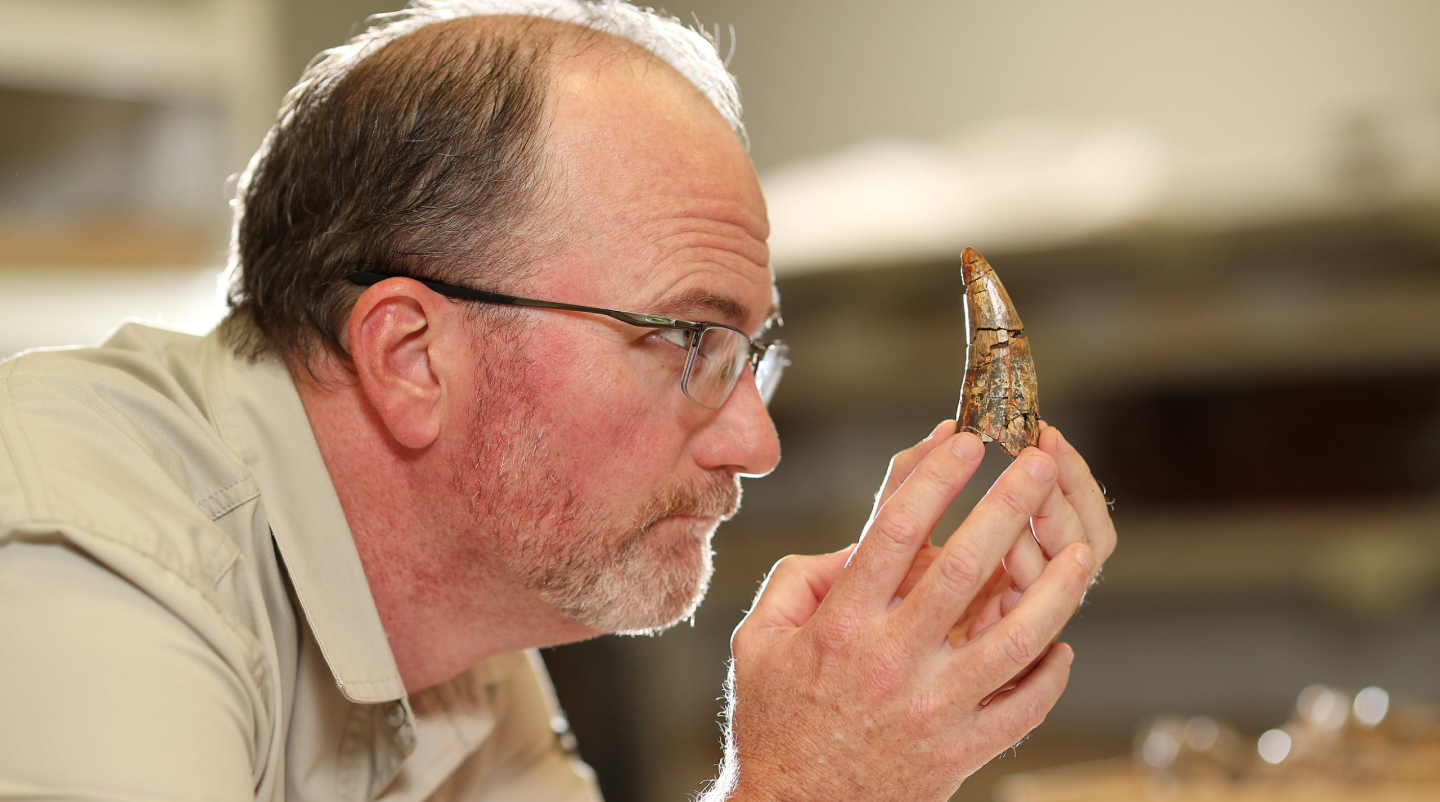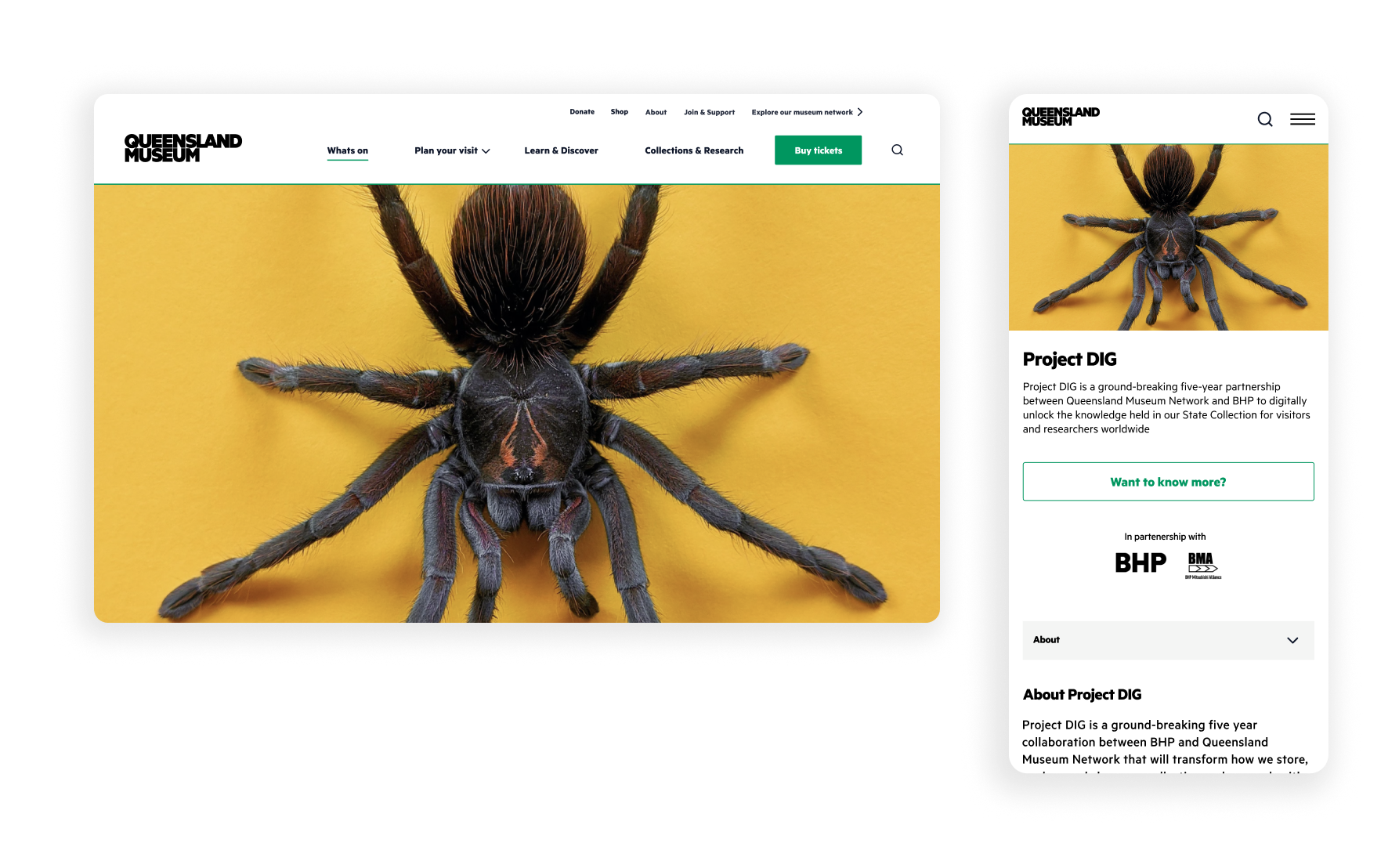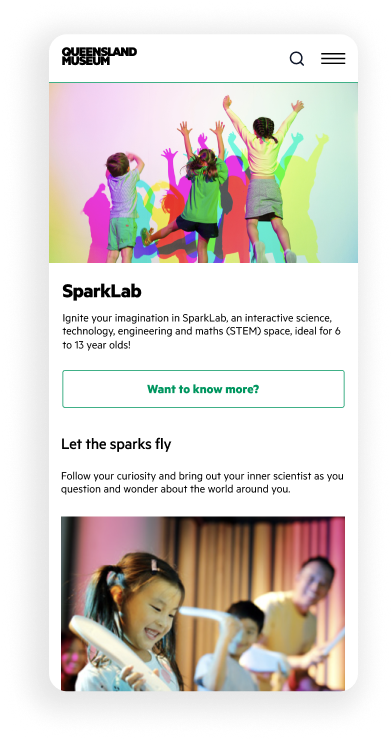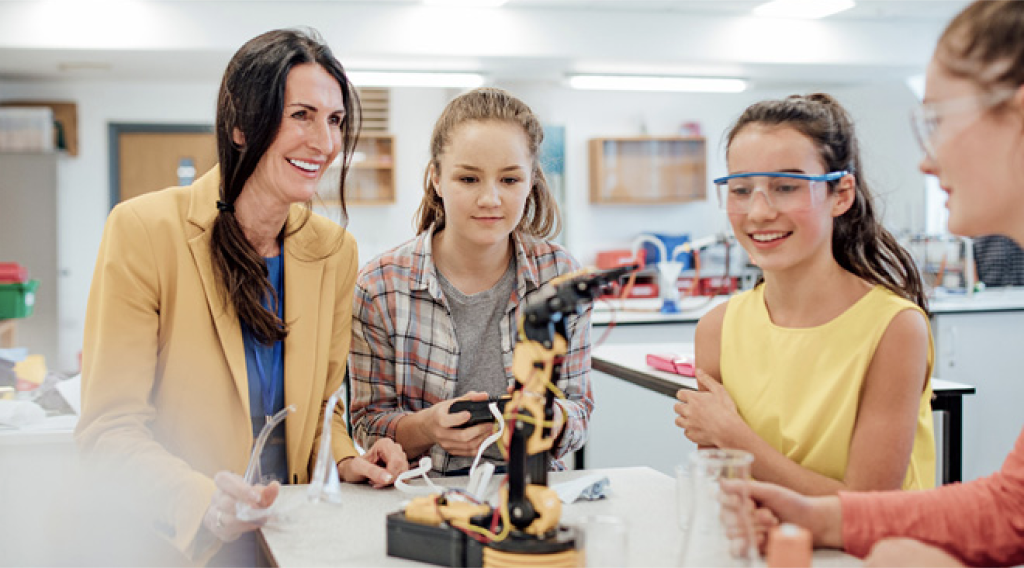Queensland Museum Network
Agency
Aceik
My contributions
IA / Treejack testing
User testing
User Personas
Wireframes
Concept iteration
Hi-fidelity delivery
The project
During my time working with Aceik, the Queensland Museum Network (QMN) embarked on a thorough redesign of its entire suite of websites, aiming to create a vibrant and contemporary digital platform suitable for Australia's largest museum network. This initiative marked the first significant web update in almost ten years, offering the QMN team a valuable chance to unify and elevate their digital presence. The objective was to more effectively highlight their venues, collections, and stewardship efforts, thereby establishing QMN as a global leader in the museum field. The project focused on key areas such as improving ticketing and visitor interaction, enhancing access to collections, providing comprehensive research tools and resources, fostering lifelong learning opportunities, and encouraging philanthropic support.
Architecture & the user
The information architecture was developed using a bottom-up approach to leverage insights from both organic and targeted user journeys. User personas were crafted through a series of internal workshops with the QM team. These personas guided key UX/UI decisions and informed the overall architecture. A comprehensive content audit of all websites was conducted to build a cohesive Information Architecture (IA), which was subsequently tested and refined using user feedback from tree testing.
Low & High-fidelity
I initiated a content mapping process to bridge the gap between Information Architecture (IA) and wireframes, enhancing the baseline structure of low-fidelity page views. After multiple feedback rounds with stakeholders to fine-tune the output to align with the new QM digital strategy, I proceeded to iterate through high-fidelity designs to bring the brand to life. This iteration included working prototypes of key user journeys to then test with a sample of users both within the QM team and via external and impartial user groups. Key page views were then developed into templates to guide the QM authoring team through their content creation process once the build was complete. The delivery included all design styles and systems, ensuring a smooth transition and seamless handover within the overall project context.
Working across several breakpoints, optimising for responsive design was a critical aspect of the UI.
Resolution
This project signifies a major leap forward for an organisation previously held back by outdated digital infrastructure. By employing a thoughtful, user-centered strategy, the Queensland Museum Network is now poised for a successful and promising digital future.









